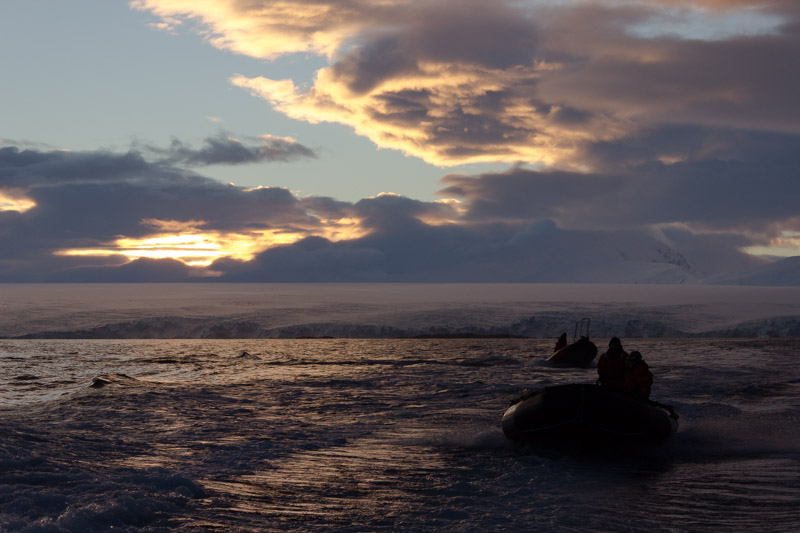
Once upon a time, on a continent far, far, away, it was a crisp winter morning with occasional little snow flurries swirling through the air. At 8:30 am, 30 minutes before sunrise, the divers and their fearless tenders were ready to head out, to islands far, far away.
Far, far away is a relative term here. Back at home, I did not realize just how spoiled I was. Dive sites were, depending on weather, always accessible. And if something were to happen, emergency services would be able to get to us one way or another.

(Environmental Research & Assessment, Cambridge, ISBN 978-0-9575208-3-7)
However, there is no coastguard in Antarctica – we are entirely dependent on Palmer’s Ocean Search and Rescue team in case of an emergency. These are our friends and colleagues here on station who have had some additional training. Still, their abilities are limited. Hence, our boating (and therefore diving) area has been limited to about 3 miles around station (in the map above, Palmer Station has been marked, our normal Zodiac boating area is the first red circle around it).

All this changed with the arrival of two new rigid-hull inflatable boats (RHIBs) in the middle of last year. With those we are able to have an extended boating area as they have a wider range and – most importantly – a heated cabin. So far, this season, RHIBs have allowed us to visit Dream Island and, just yesterday, the Joubin Islands. This is extremely exciting, as we have a relatively good idea of the chemical defenses which Ploc (see my previous blogpost: “All-inclusive Amphipod Hotels in Antarctica”) is producing around Palmer Station within our normal boating limit. Exploring outside this small area will allow us to see whether the diversity in chemical defenses will further increase as we increase our search area.

Furthermore, the explorer in my heart, which each of us enjoying the remoteness of Antarctica has, is excited about the fact that we are now diving in places that only rarely or maybe never have been dived at before. The drive out takes at least 30 minutes and because we do not often get the opportunity to head out on the RHIB, we make a whole day of it.

Early in the morning, we pack the boat with supplies for four dives (that is eight dive cylinders and all the other gear four divers require), our lunch, chocolate and a lot of hot water. Our fearless tenders, Michelle and CJ, put on their extremely cold weather gear as they have to drive the accompanying Zodiac all day and have only snatches of minutes throuthout the day to warm up in the RHIB’s heated cabin until we return back to station. Nevertheless, they always greet us with a smile when we surface from a dive and first board the Zodiac before transferring to the RHIB. All day long we enjoyed incredible scenery, including icebergs like this one:

So far, one of my favorite dives during this season happened on our trip out yesterday. We were pushing for time and were only allowed to go in for 30 minutes: once the sun is about to set, we have to be back on station. We made the decision to dive a small island (Beaumont Skerries) as it was on the way back and would give us an additional geographic point. However, we did not know whether we would be able to find a sheltered spot where the swell would be calm enough. But we did!
Andrew and I kitted up quickly to make the most of it and jumped in. We were rewarded with a beautiful sheer wall down to around 115ft. As we reached the bottom of the steep wall, we descended into some of Antarctica’s most beautiful macroalgal forests (see Chuck’s post: “Don’t ever let anyone tell you that there are no forests in Antarctica”).
Cystosphaera jacquinotii (in the picture below) was growing taller there than the combined height of Andrew and myself. It was truly majestic! We quickly collected our samples and worked our way up. The site was not as rich in Ploc (my study seaweed), but we were quickly running out of time anyway. Low and behold, we made it back to station with one minute to spare before official boating hours ended. And we will dive happily ever after!
